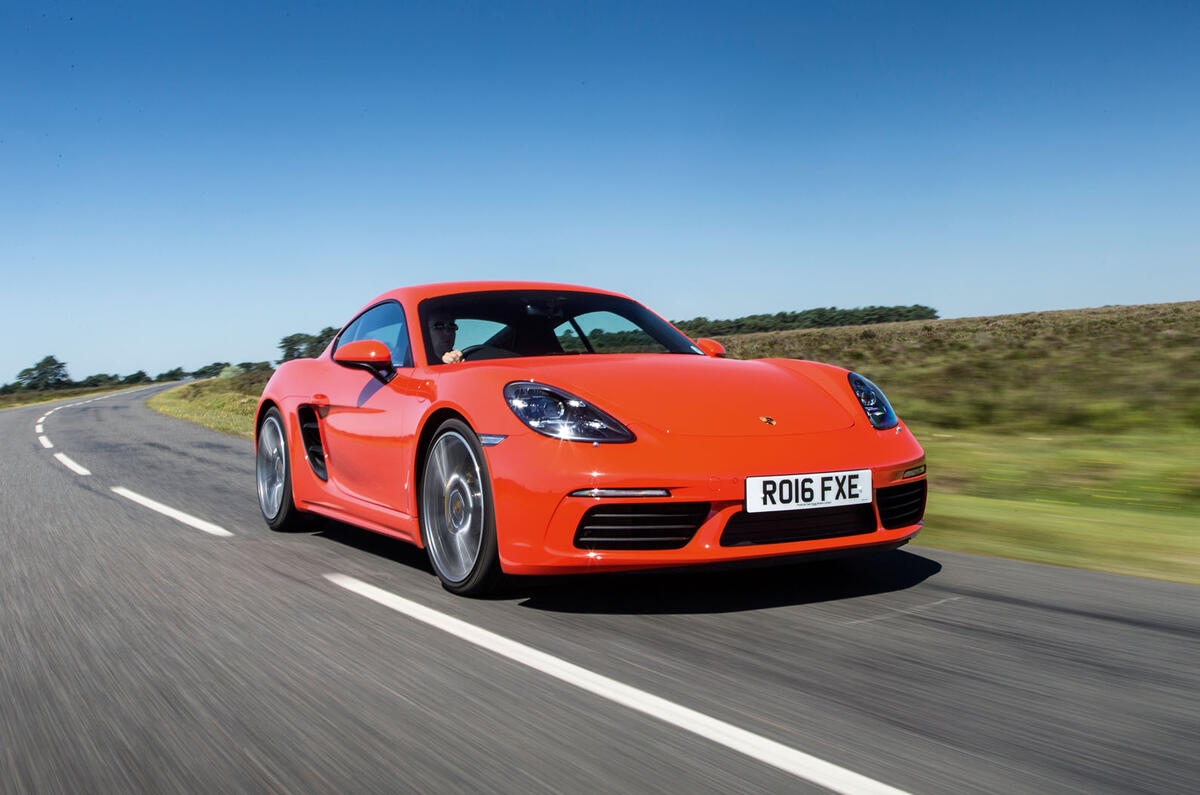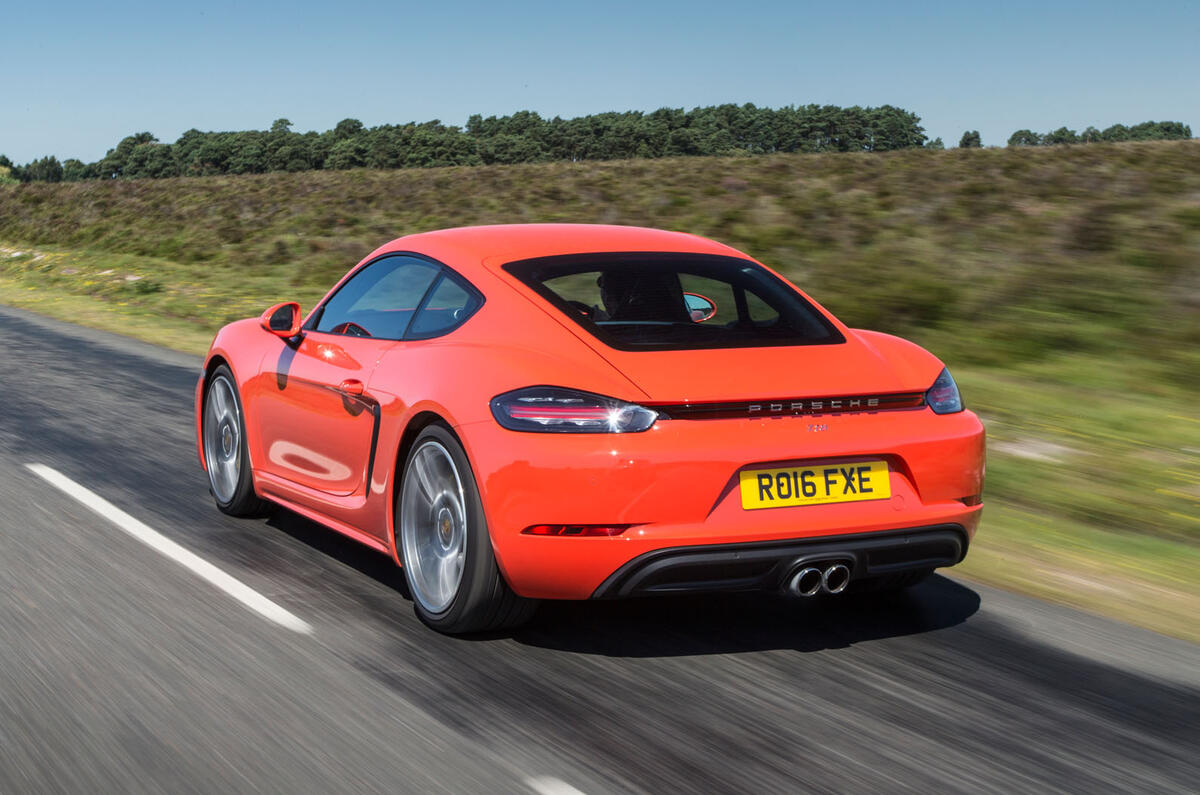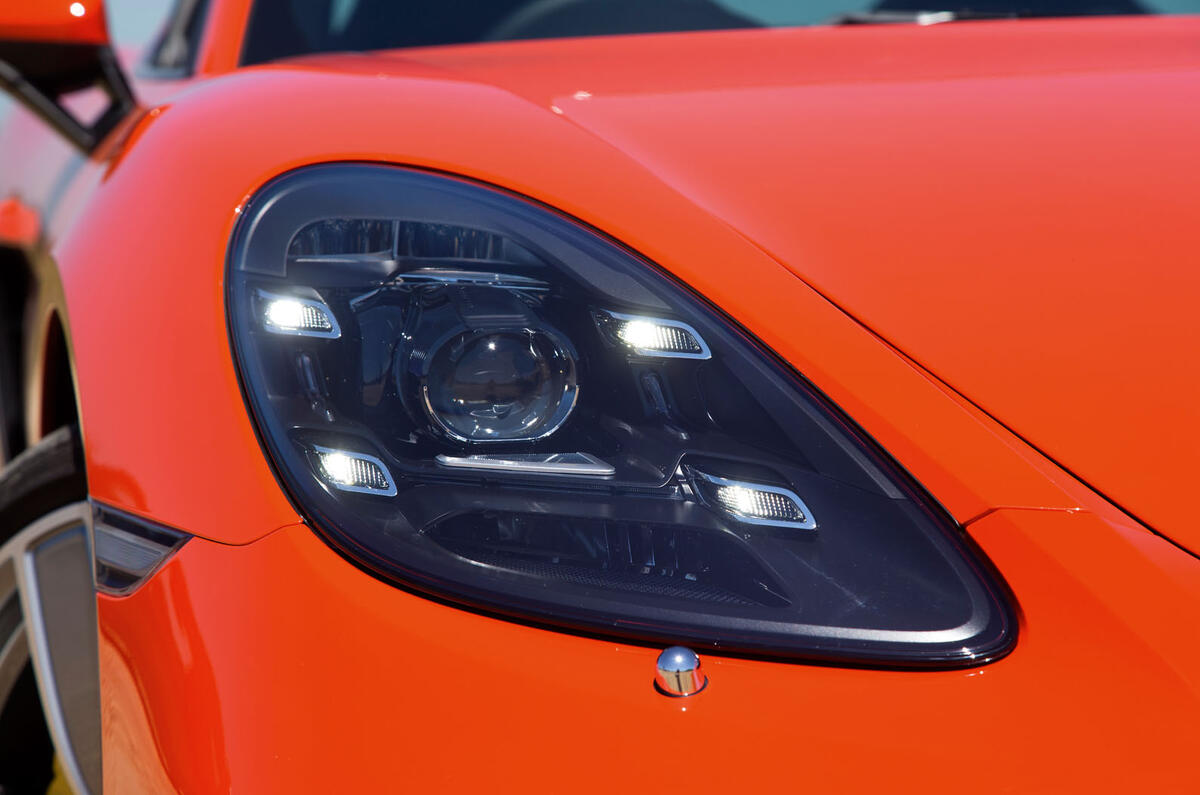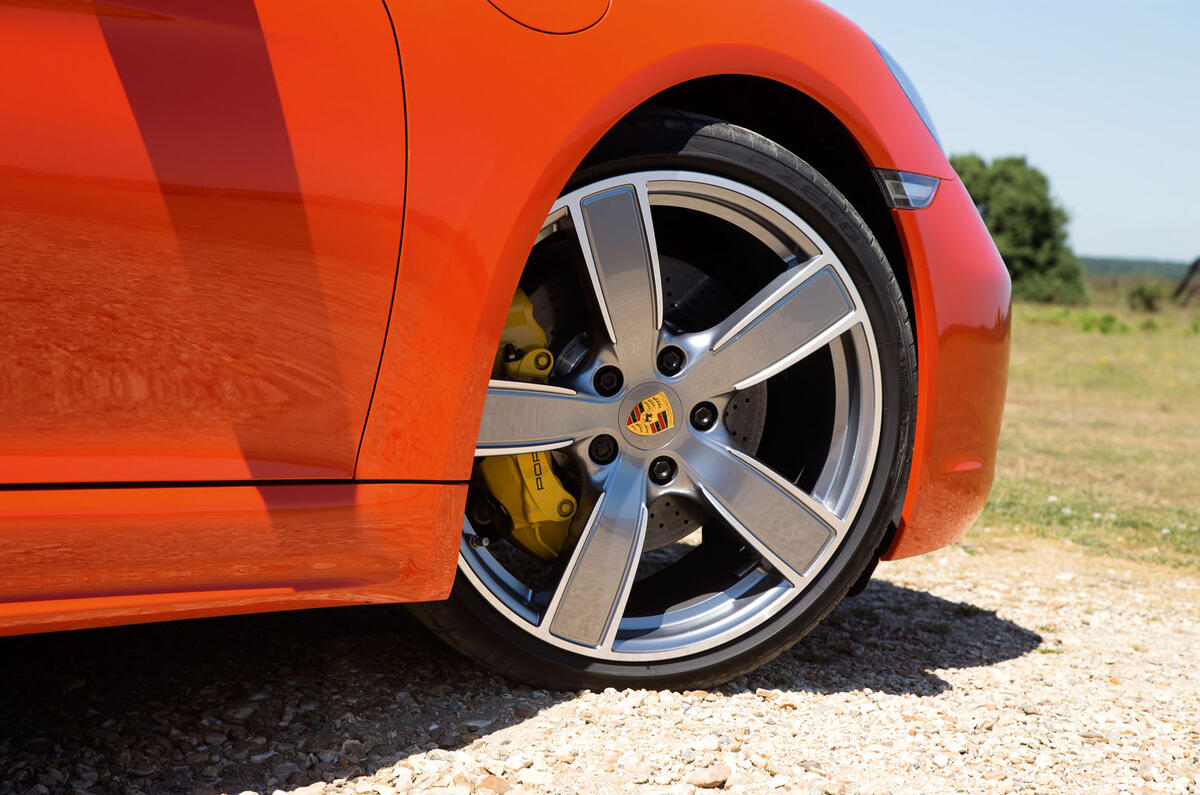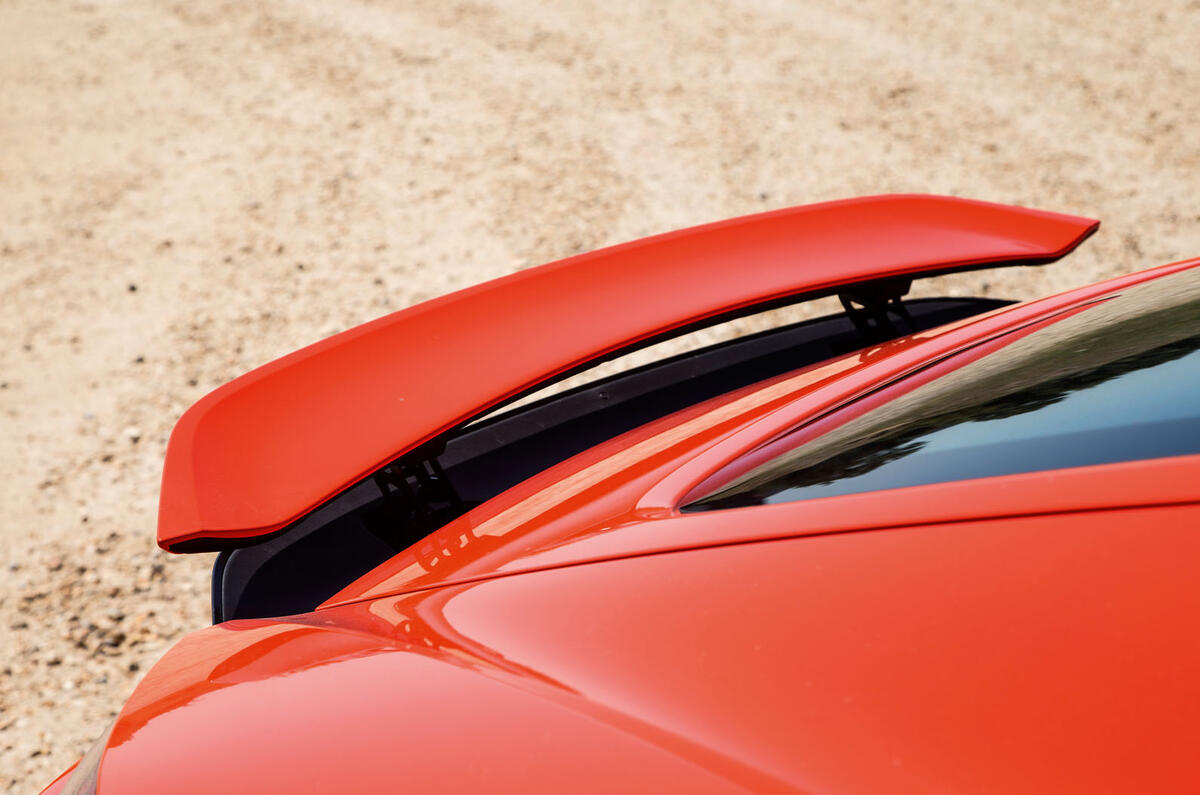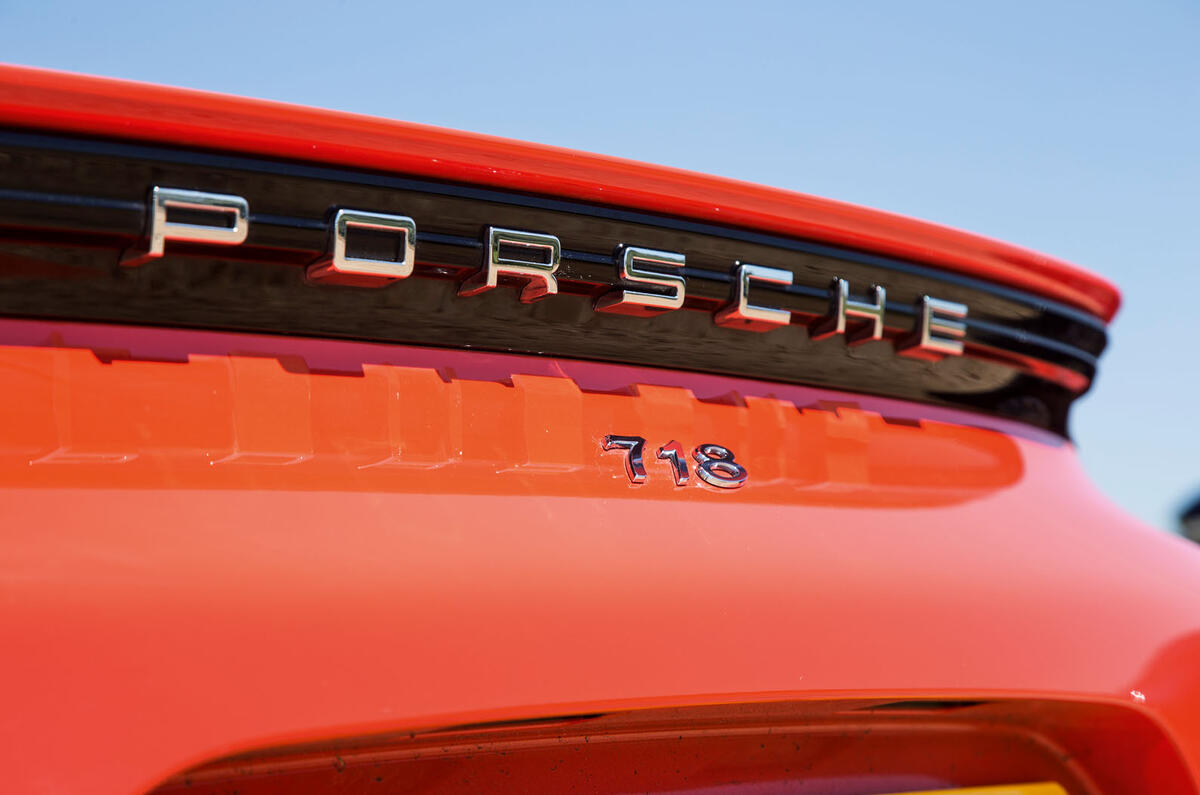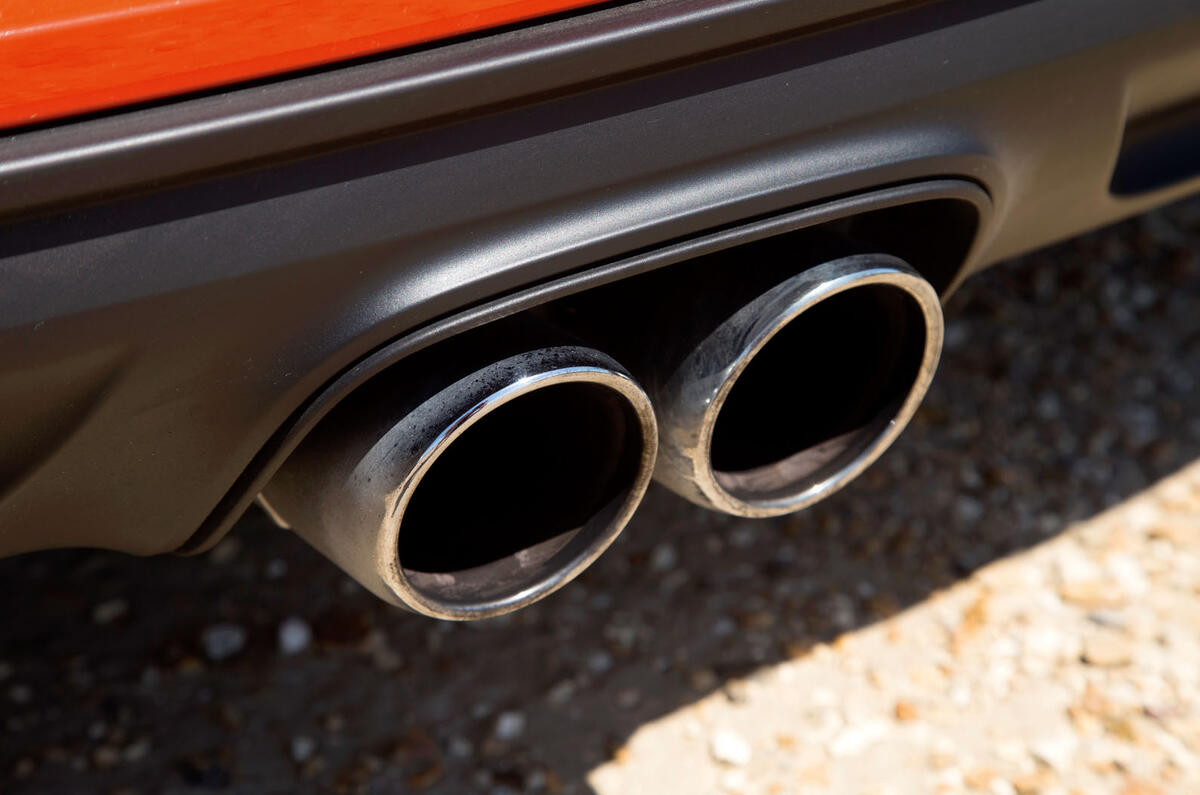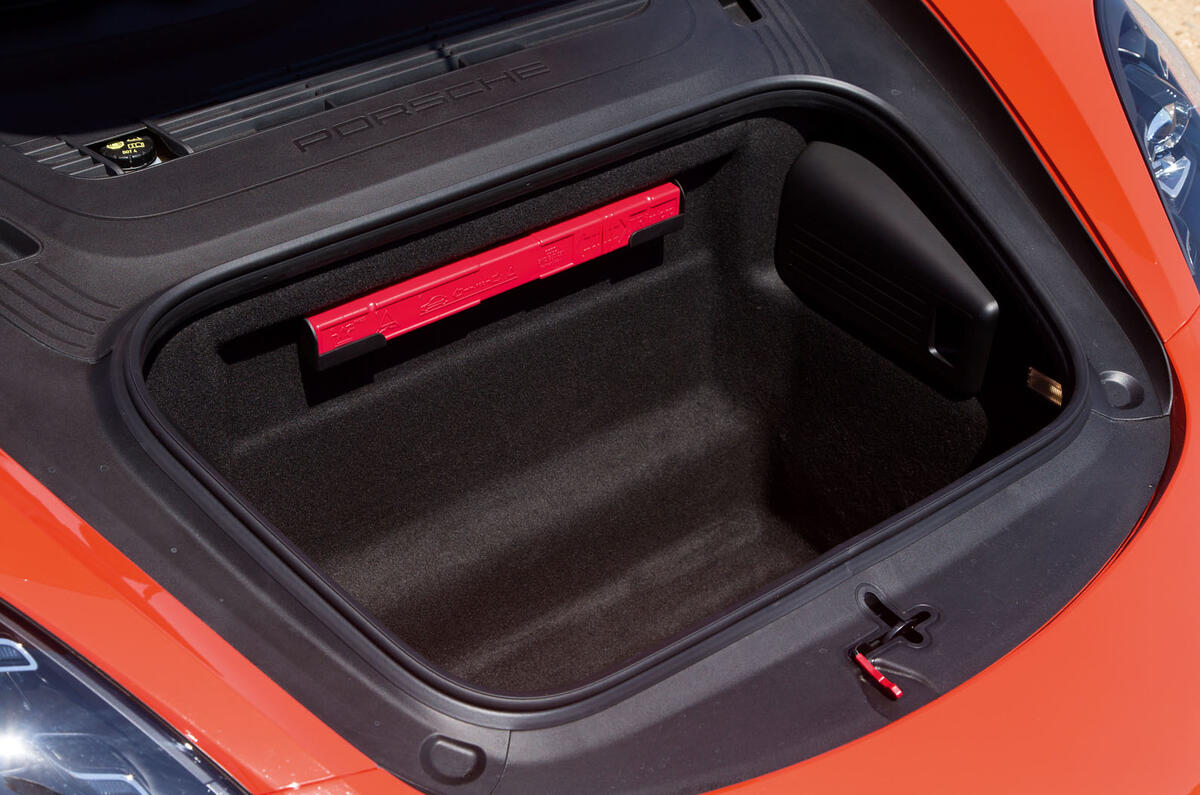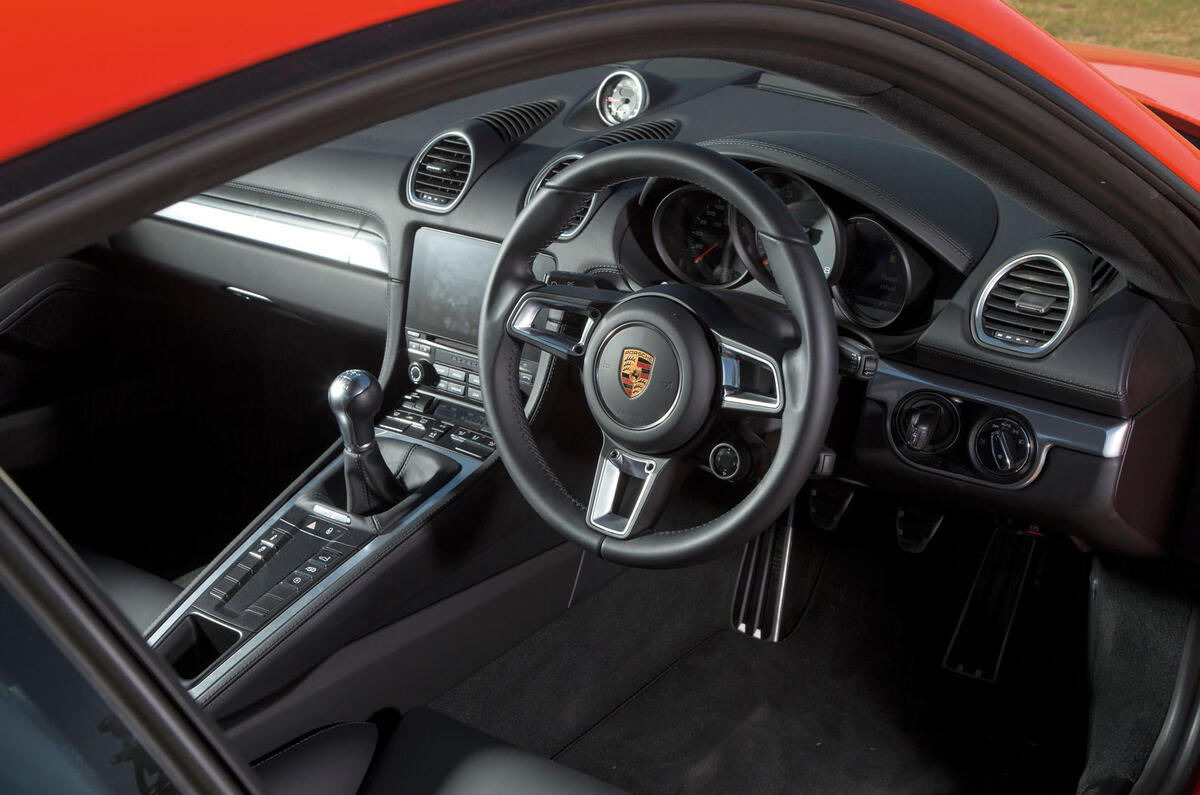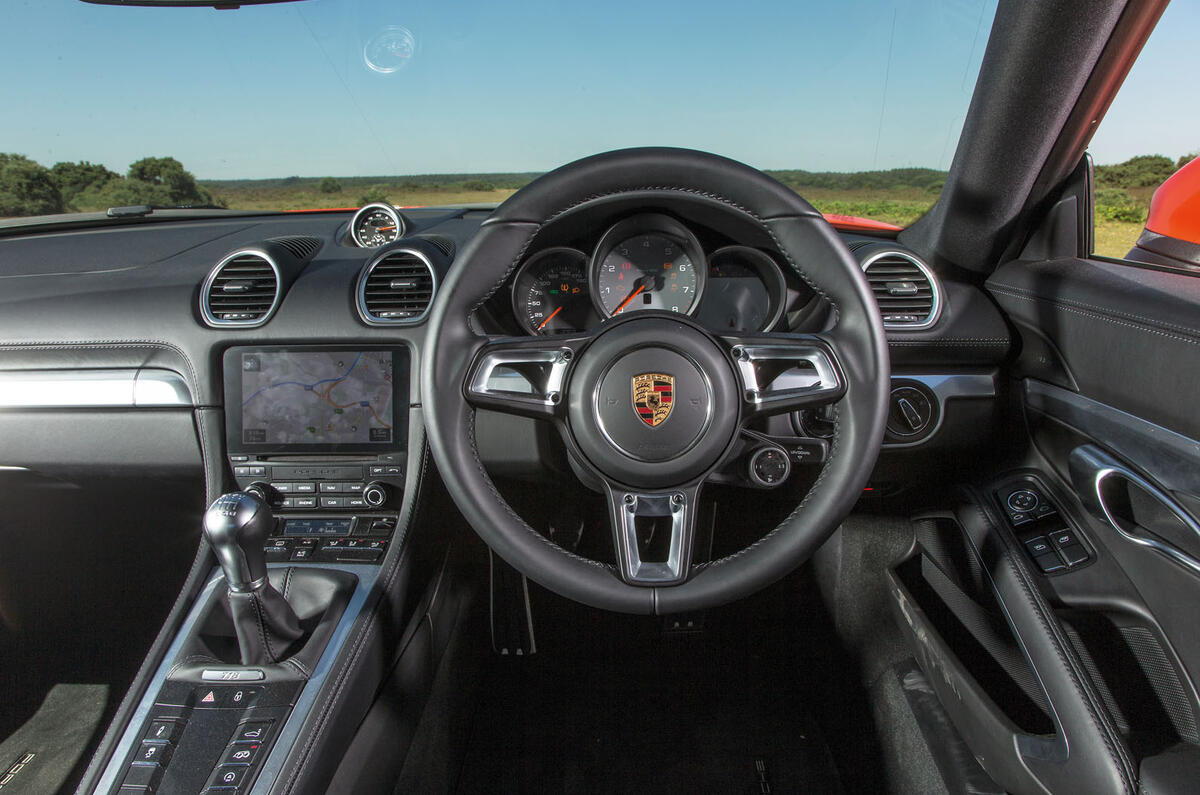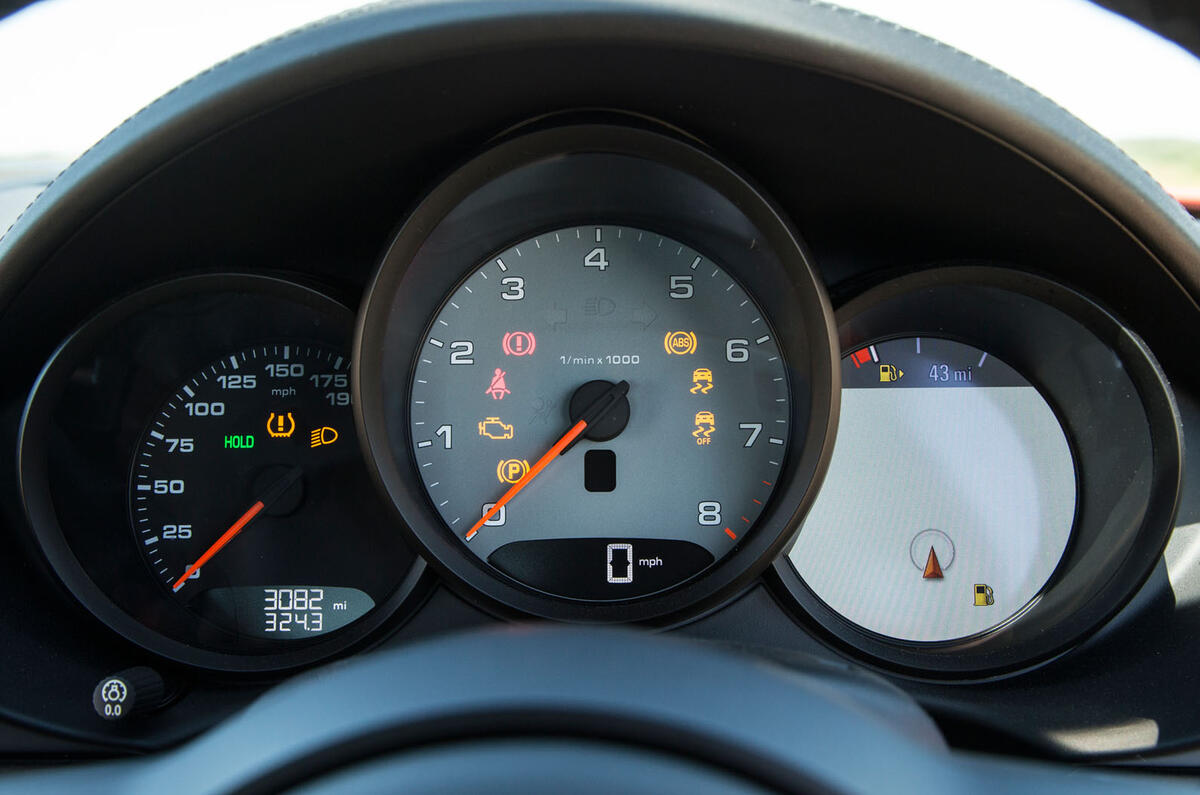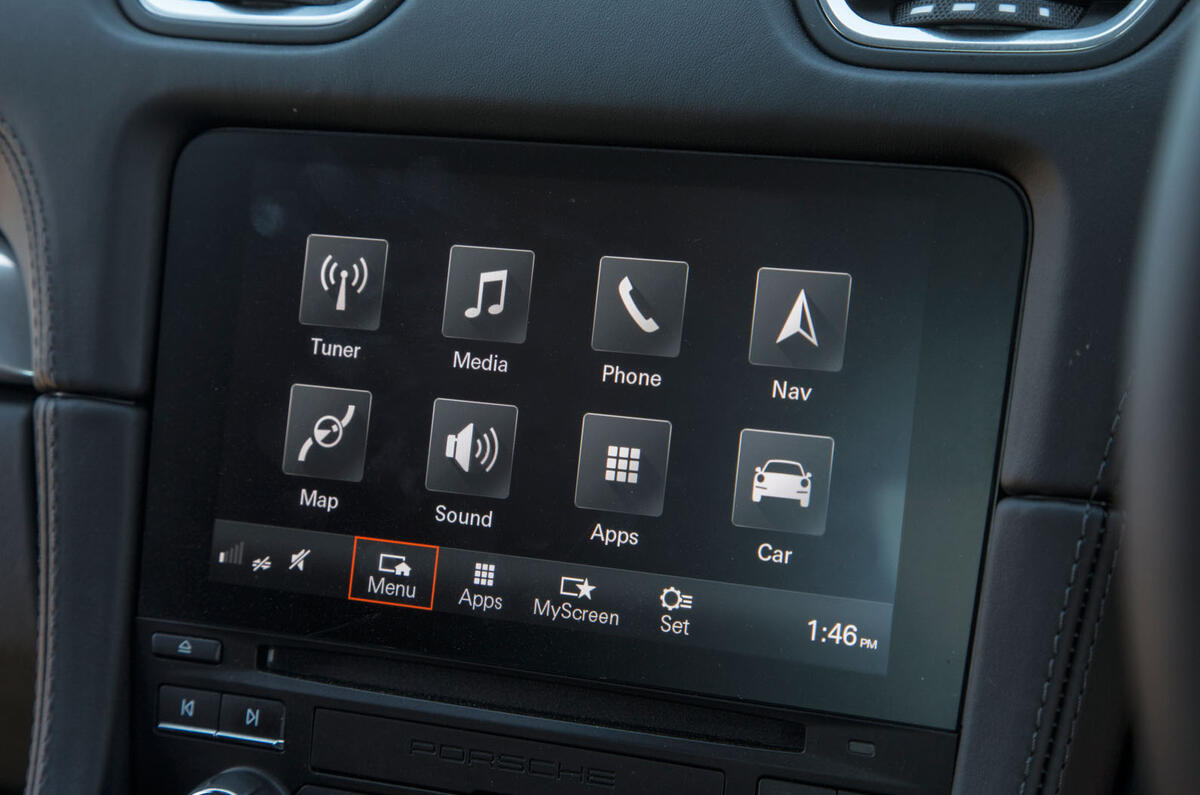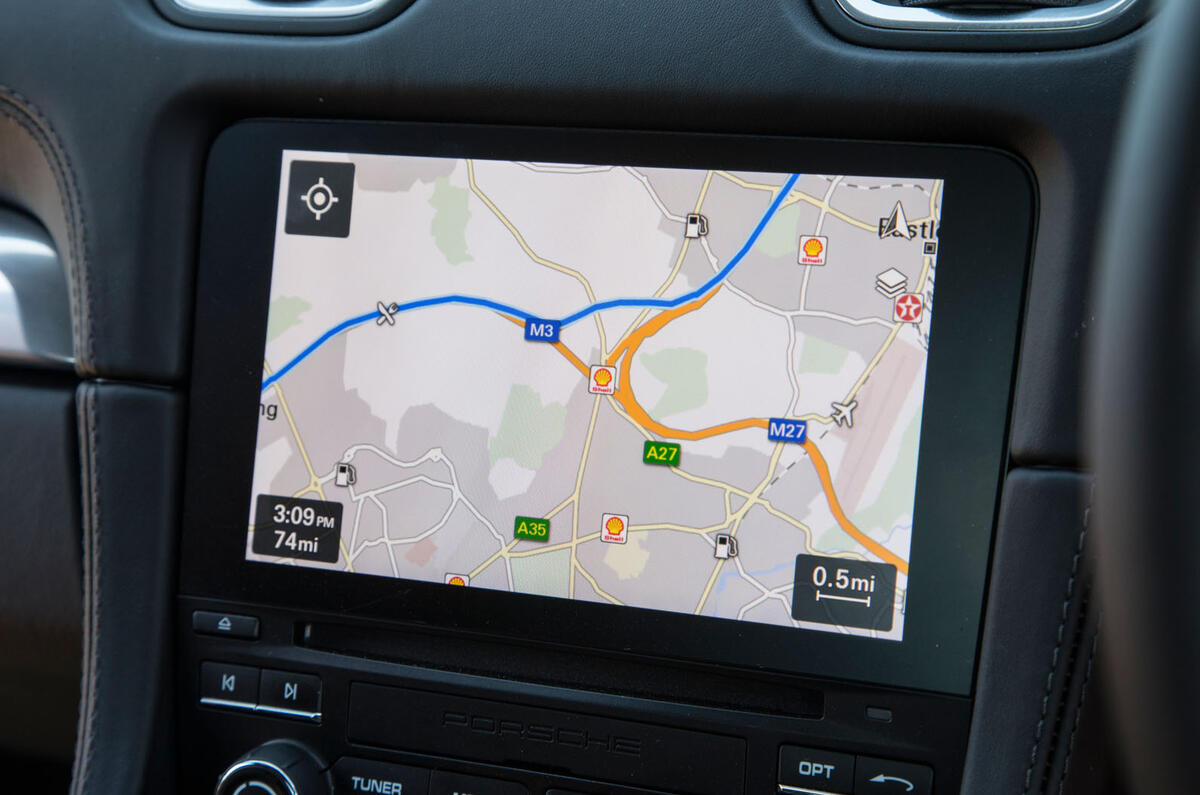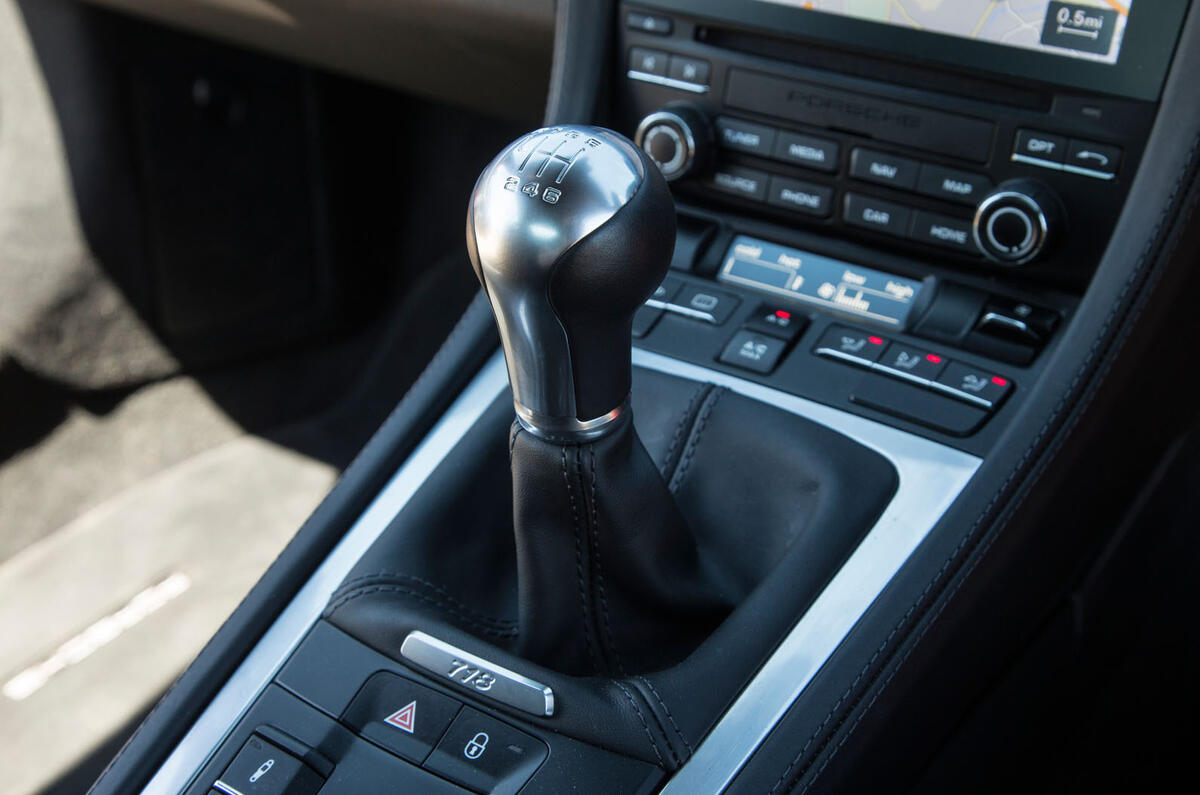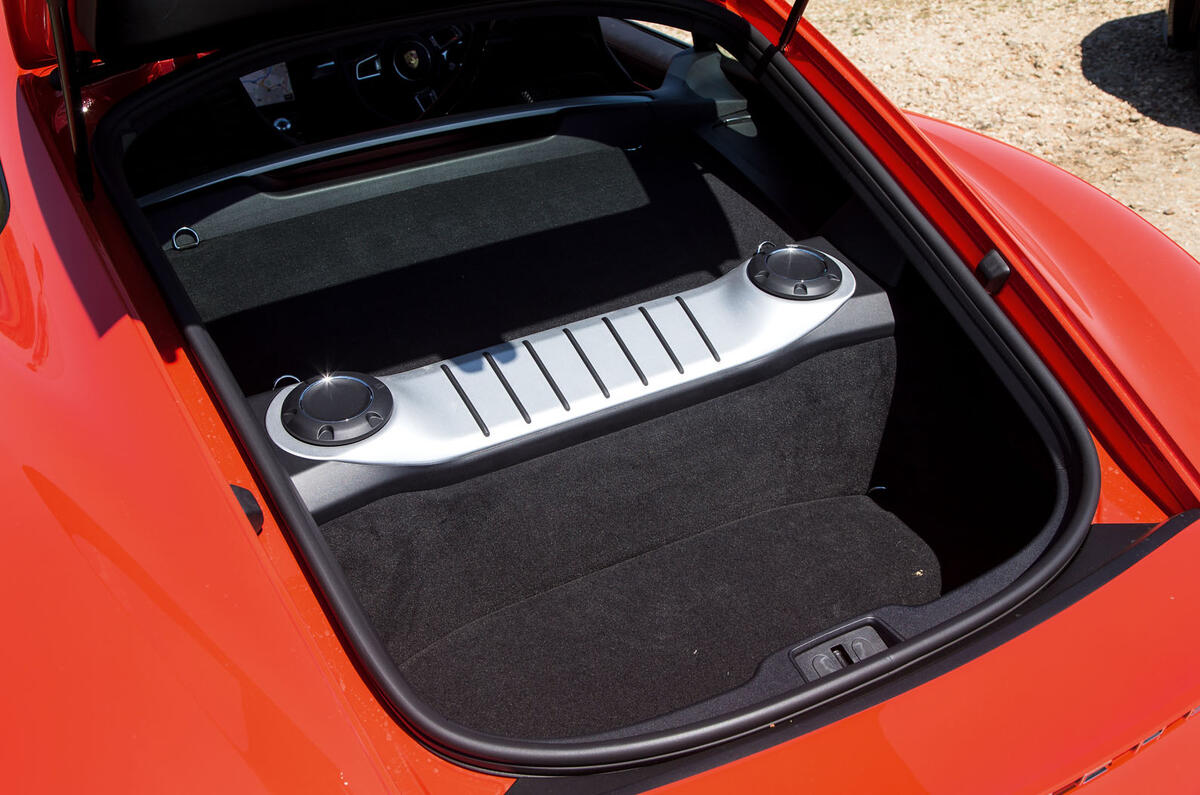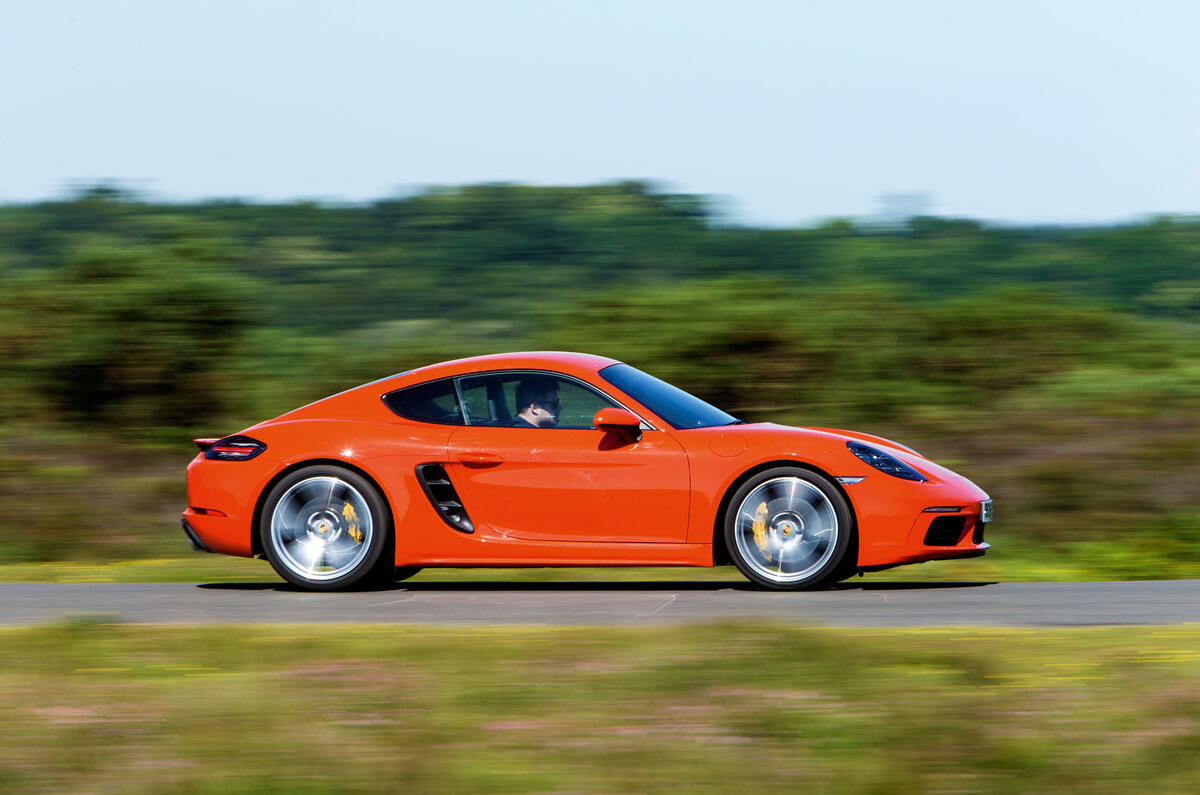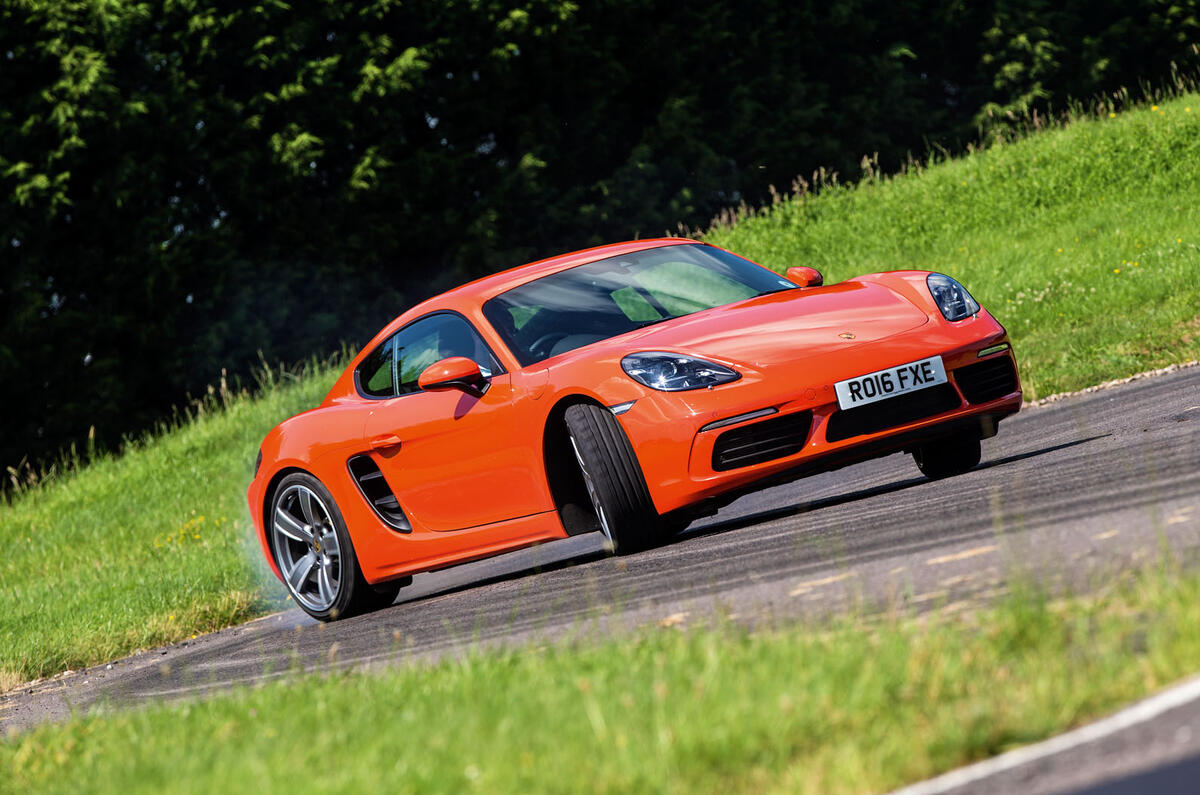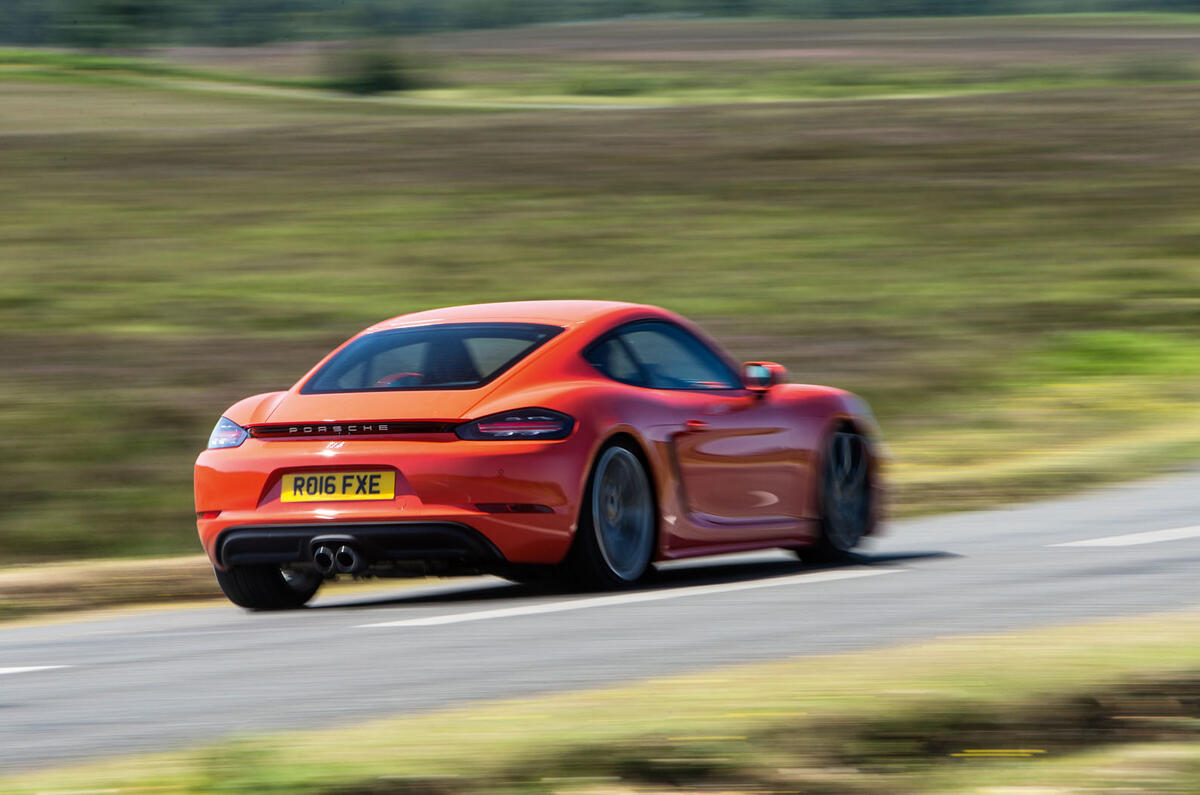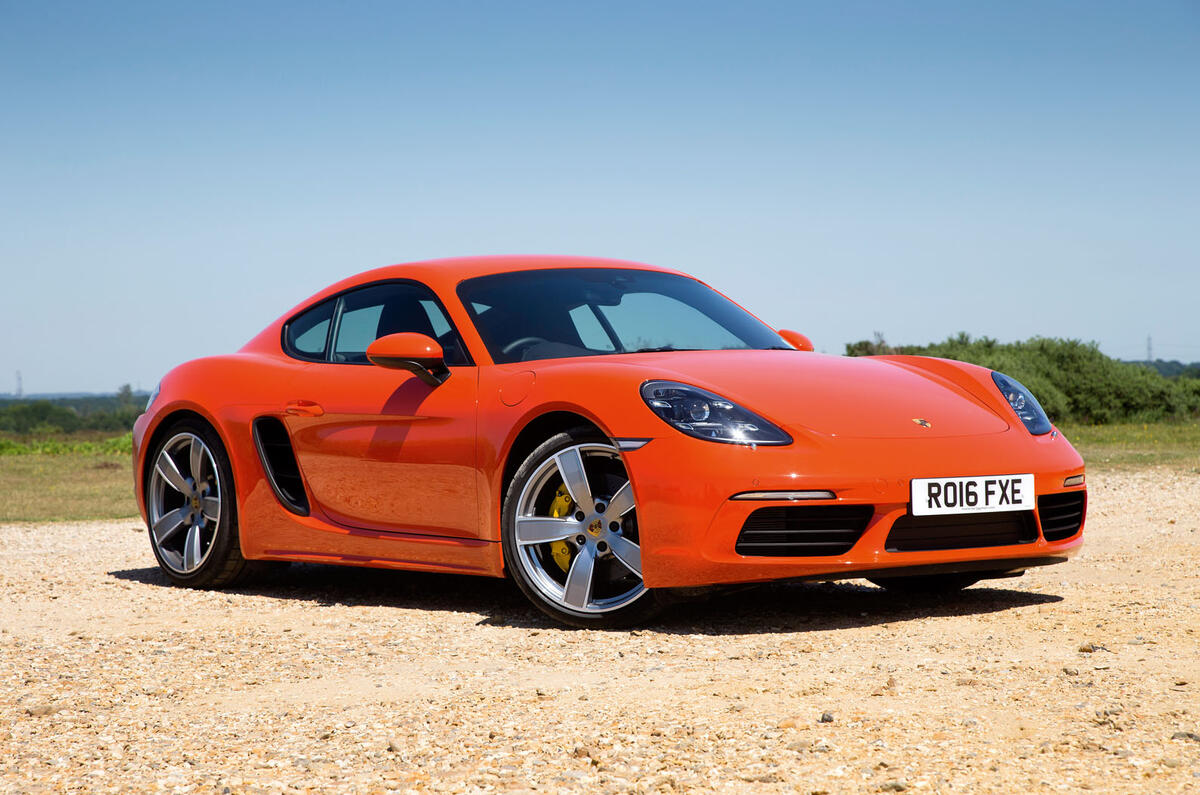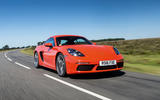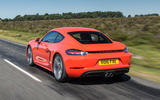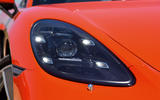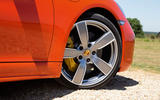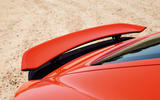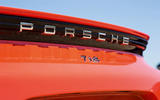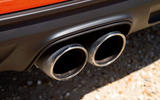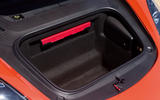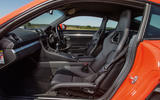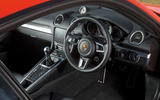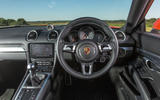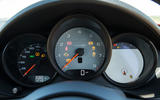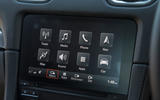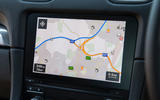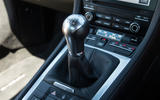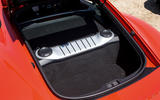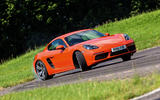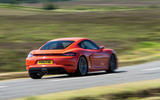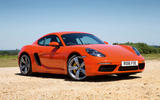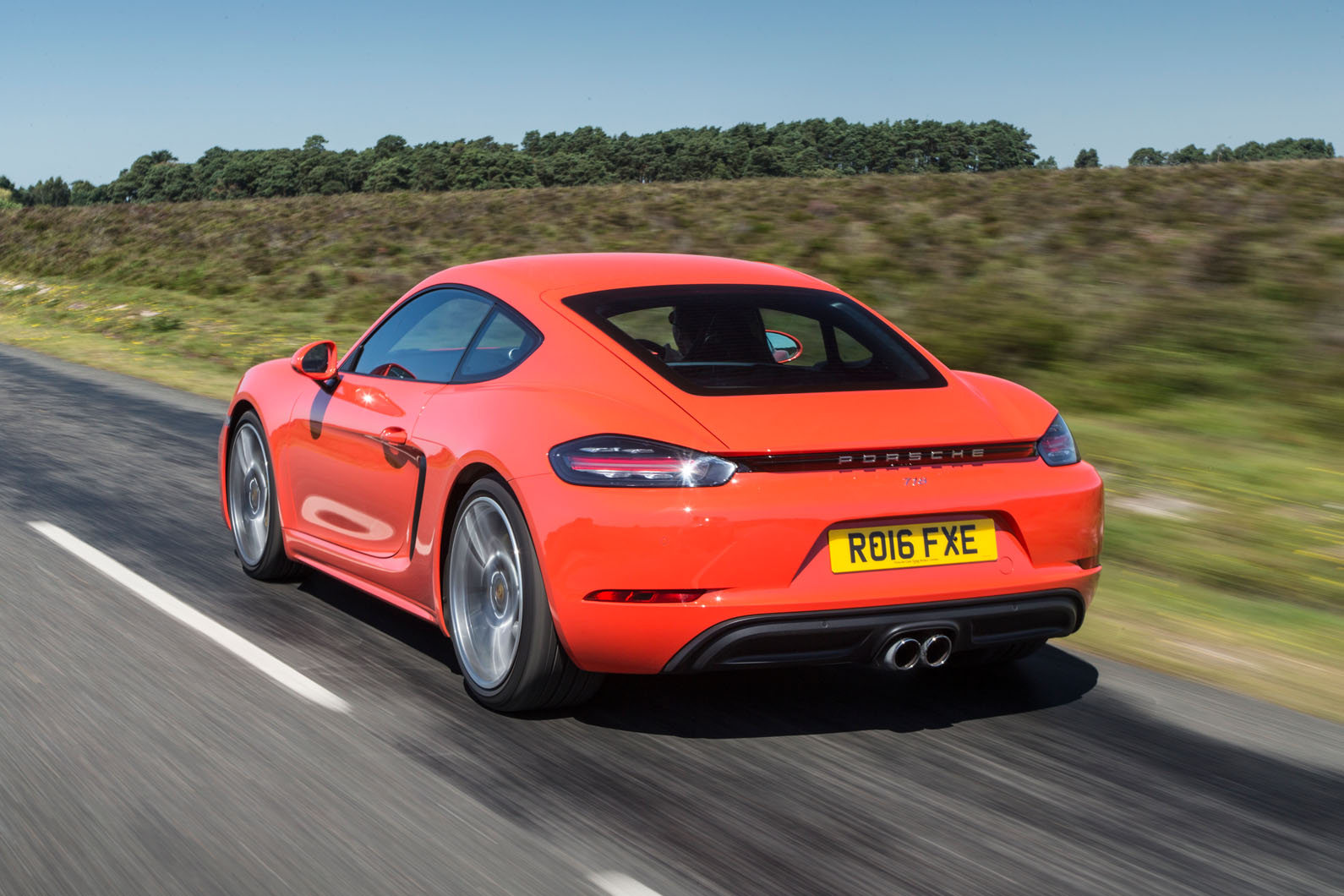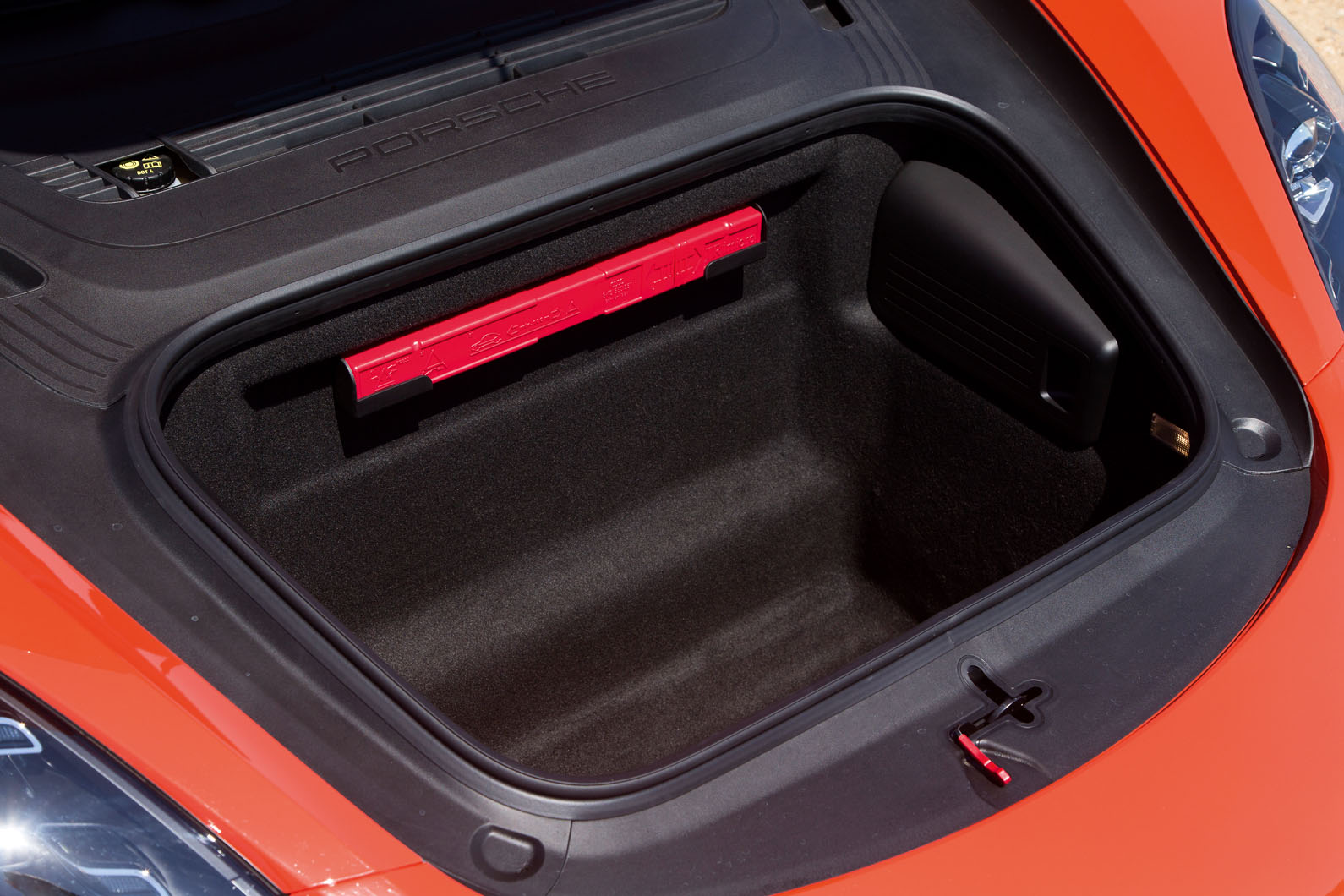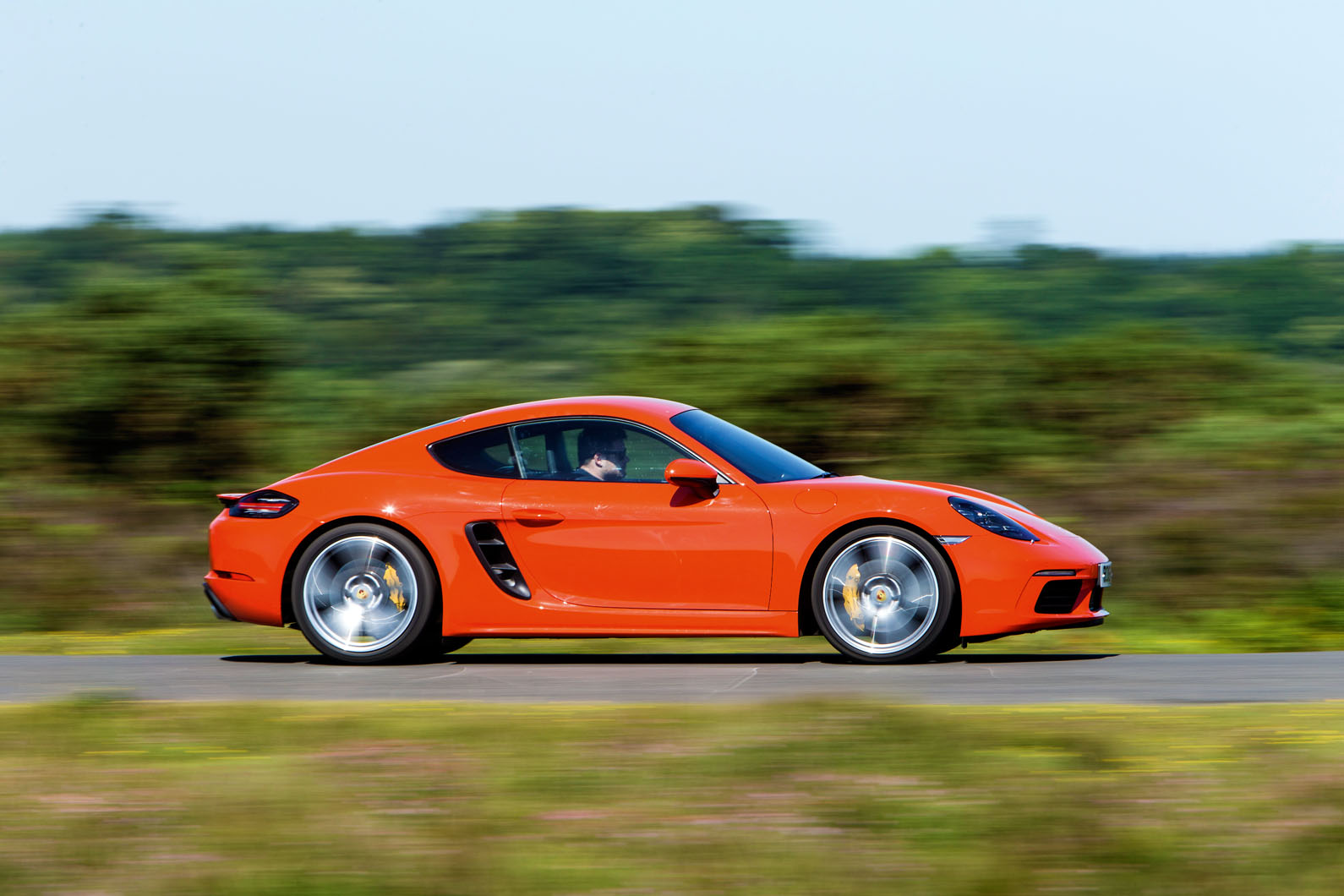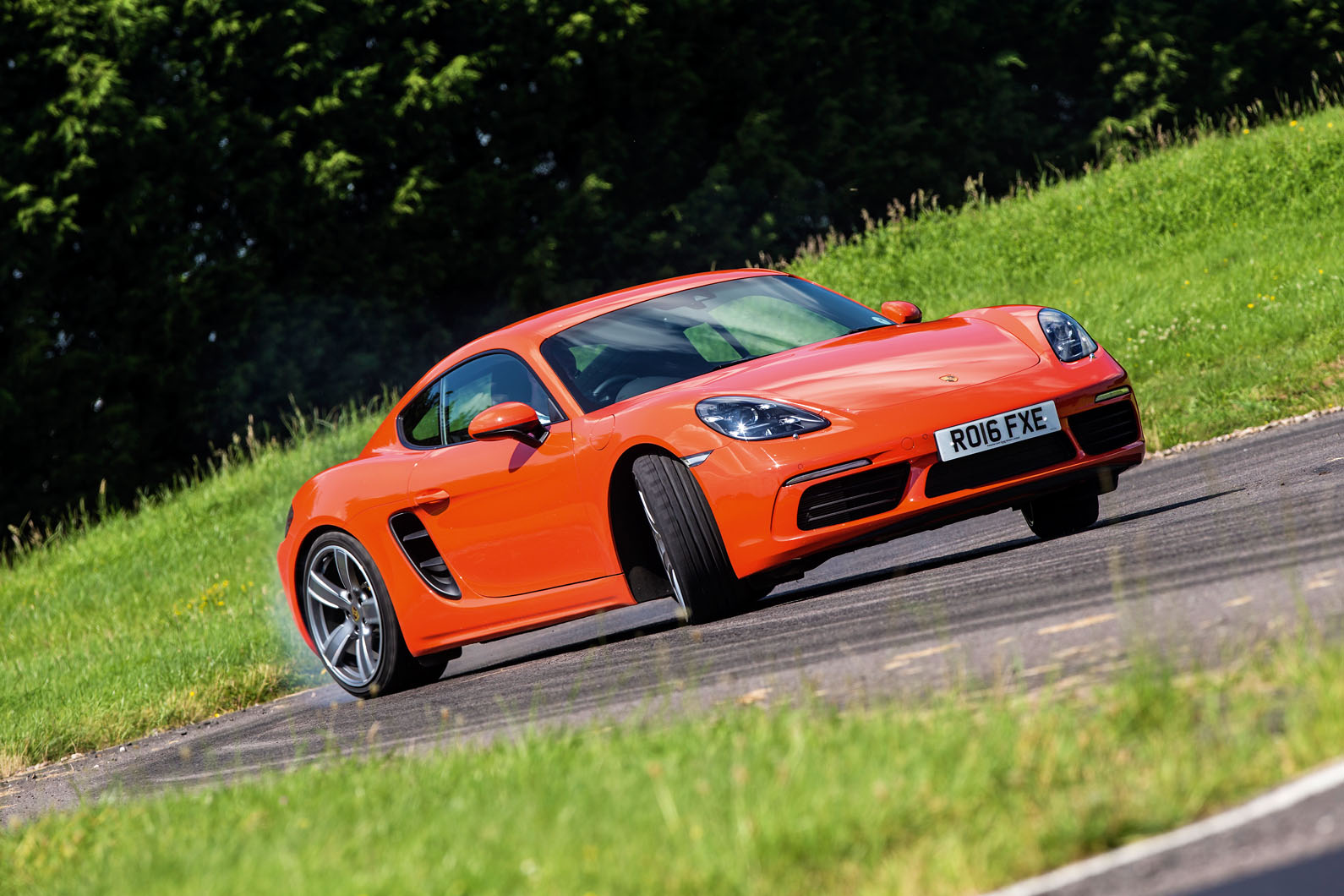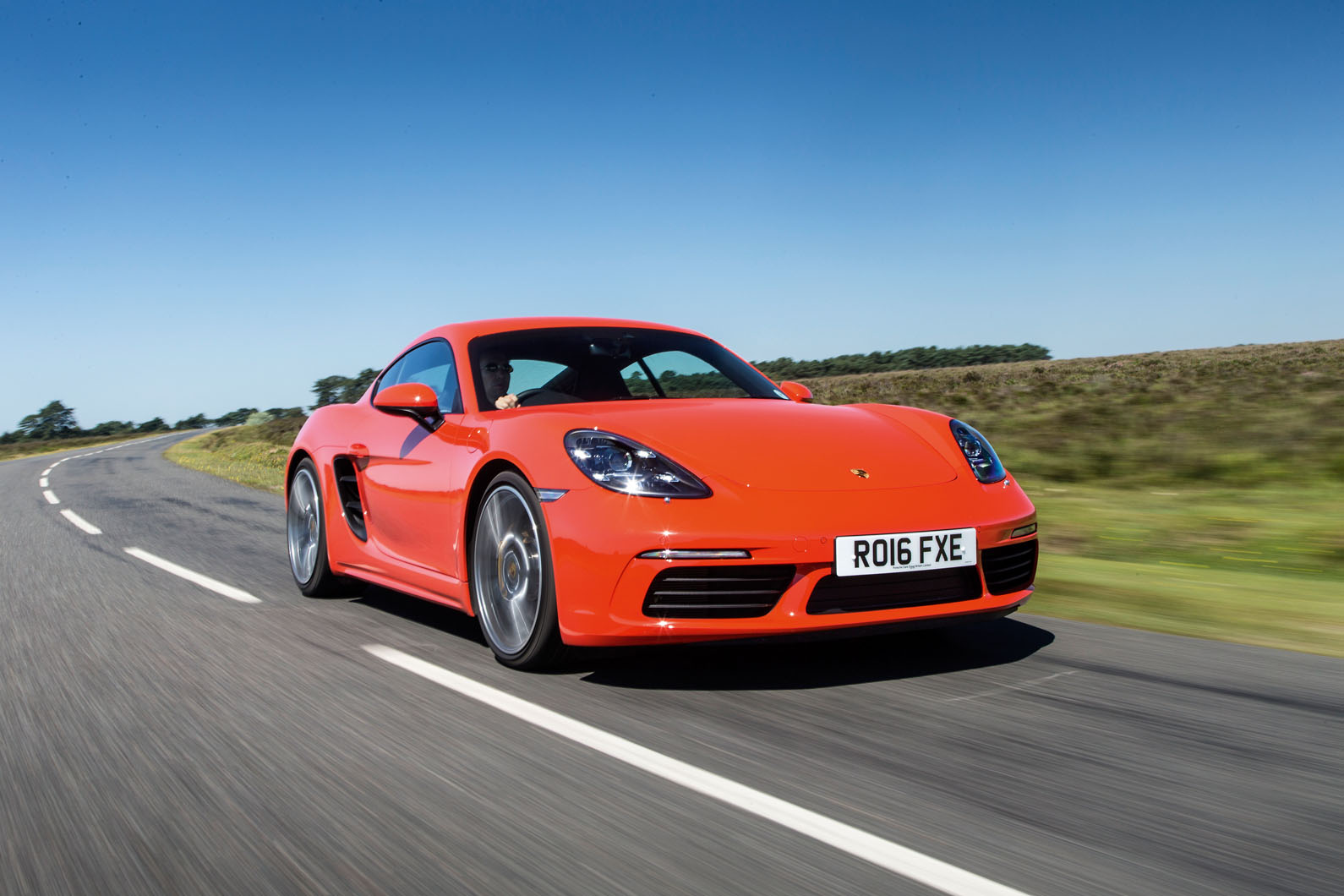Until now, Porsche has preferred to keep the two-peas-in-a-pod similarity of its mid-engined roadster and coupé on a mostly unspoken basis.
The Porsche 718 Cayman came almost a decade after the Boxster, during which sales of the original 986-generation Boxster helped turn the ailing manufacturer around and re-established a more affordable ‘recreational’ end to its sporting line-up.
It wasn’t until the development of the 986’s replacement at the turn of a new millennium that a mooted coupé version was brought to life – and although it featured the same engines and platform (not to mention 90% of the look), Porsche was careful to distinguish it from the 987 with its own curiously crocodilian name.
Now, with the introduction of a new and slightly contentious engine line-up, the blood relationship between the Cayman and Boxster has been made explicit: you’re chiefly buying a Porsche 718. The choice between open-top and hard-top isn’t substantially different from choosing between the standard 911 and its cabriolet variant.
News that the Cayman is at last the cheaper option of the two models is welcome. Yet from an enthusiast perspective, it does all go a little against the grain because the Cayman’s unequivocal triumph has been to lodge itself in our mind as Porsche’s optimum ‘driver’s car’ – distinct even from the Porsche 911 in its reasonably priced delivery of rounded sports car brilliance.


